Browse Books
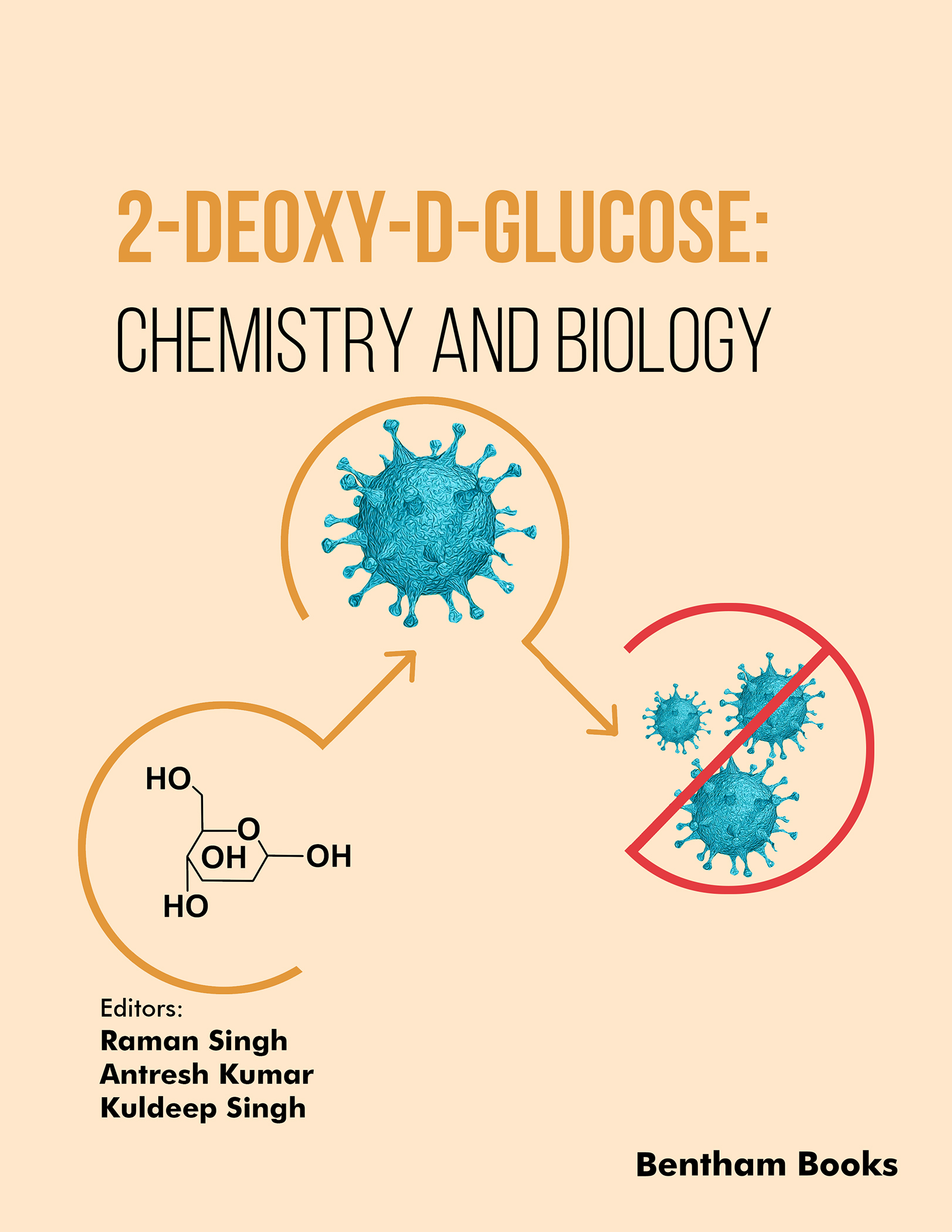
2-Deoxy-D-Glucose: Chemistry and Biology
2-Deoxy-D-Glucose: Chemistry and Biology extensively examine 2-deoxy-D-glucose (2DG) a glucose analog with profound biomedical and therapeutic potential. This detailed resource covers 2DG's chemical structure methods of synthesis and its pivotal roles in diagnostics and therapeutics. This book provides a comprehensive overview of the compound’s multifaceted uses from antiviral applications to its emerging role in cancer treatment.
Key Features:
- Comprehensive coverage of 2DG synthesis structure and characterization.
- Insights into 2DG's diagnostic and therapeutic potential including cancer and antiviral applications.
- Exploration of its role in the Warburg effect and glycosylation inhibition.
- Discussion on 2DG's clinical applications including COVID-19 treatments.
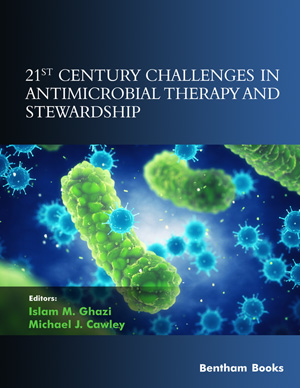
21st Century Challenges in Antimicrobial Therapy and Stewardship
21st Century Challenges in Antimicrobial Therapy and Stewardship addresses selected topics that are of importance in the practice of infectious disease management. The text starts by illustrating the global landscape of antimicrobial drug resistance which influences antimicrobial use and therapeutic decisions in the clinic. The contributors explain the reasons for the spread of antibiotic resistance the pharmacology of antibiotics of different classes innovative drug delivery methods which can improve the efficacy and safety of new drug candidates and achieve targeted drug delivery as well as drug resistance monitoring techniques and issues in the practice of antimicrobial stewardship and infection control.
Key Features:
- 14 organized chapters on several aspects of antimicrobial therapy and stewardship
- Introductory knowledge on global antimicrobial trends
- Coverage of molecular basis of antimicrobial resistance in gram positive gram negative and fungal microbes
- Focused coverage on new developments in antimicrobial drug development drug delivery formulation and diagnostic tools
- Information on unmet needs of patients and clinicians including the treatment of difficult infections
- Comprehensive coverage of issues in antimicrobial stewardship
21st Century Challenges in Antimicrobial Therapy and Stewardship brings to readers – healthcare administrators educators pharmacists clinicians and students alike – the knowledge of the molecular basis of antimicrobial drug therapy drug resistance in pathogens and current practices in antimicrobial stewardship programs. This knowledge in turn fosters an awareness among healthcare industry participants to collaborate in an interprofessional environment to combat multidrug resistance.

250 Years of Industrial Consumption and Transformation of Nature: Impacts on Global Ecosystems and Life
Anthropogenic changes in the environment caused by 250 years of economic growth and utilization of fuel and mineral resources have considerably impacted the natural environment. The resulting physical and chemical alterations to the Earth's sphere and our adaptive responses in the biosphere are detailed in this reference book. Readers will learn about concepts relevant to Earth’s history the evolution of life economy ecology environmental history biology and medicine and how these concepts can be linked to environmental change. The scope of this interdisciplinary work entails to convey the true degree of responsibility for the universal consequences of ecosystem degradation resulting from industrial processing human consumption and the transformation of natural sites due to industrialization and urbanization.
Topics covered in the book include:
-Ecosystem transformations by natural and anthropogenic forces
-The Anthropocene epoch
-A short history of industrialization
-Environmental sites and the impact of socio-economic influences
-The current environmental crisis
This textbook is intended for graduate students in economics civil engineering architecture agronomics forestry technical and mining sciences political sciences business studies and humanities. General readers who wish to understand the basic philosophy behind environmental studies and their relation to human activity can also benefit from this book.
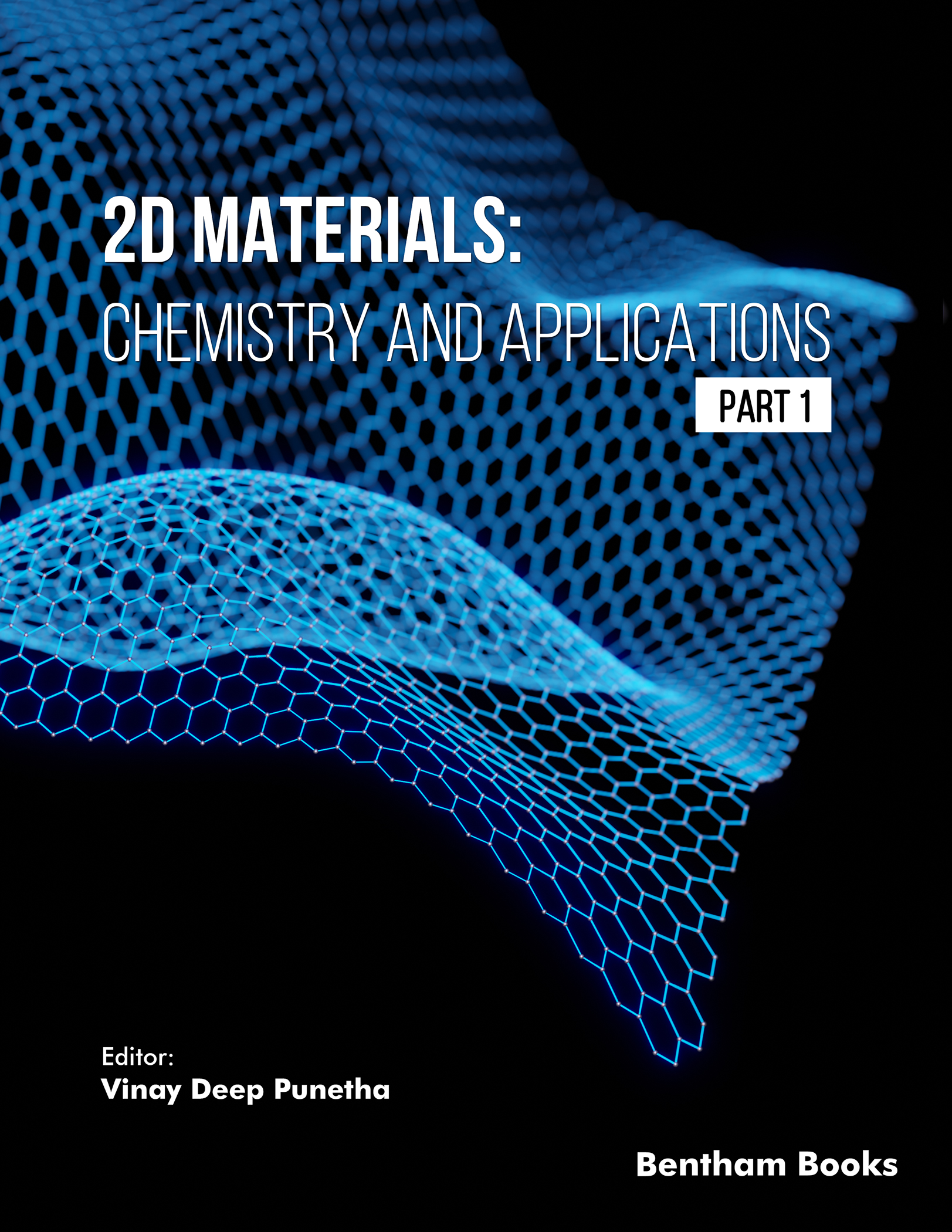
2D Materials: Chemistry and Applications (Part 1)
2D Materials: Chemistry and Applications offers a concise exploration of the revolutionary 2D materials synthesis their properties and diverse applications. It presents information about graphene and other 2D materials like germanene and stanene emphasizing their synthesis functionalization and technological use.
The book chapters in part 1 cover the foundational aspects of graphene' structure and production techniques highlighting their potential in areas like energy storage drug delivery and nanoelectronics. The book also explains the versatile applications of graphene-based nanocomposites highlighting their multifunctional capabilities.
Chapters also demonstrate the impact of functionalization on applications like biomedical imaging microbial control and environmental sustainability. The challenges and solutions concerning the toxicity of graphene-related materials are also highlighted.
This book is a foundational resource for researchers academics and industry professionals in materials science nanotechnology chemistry and environmental engineering on 2D materials.
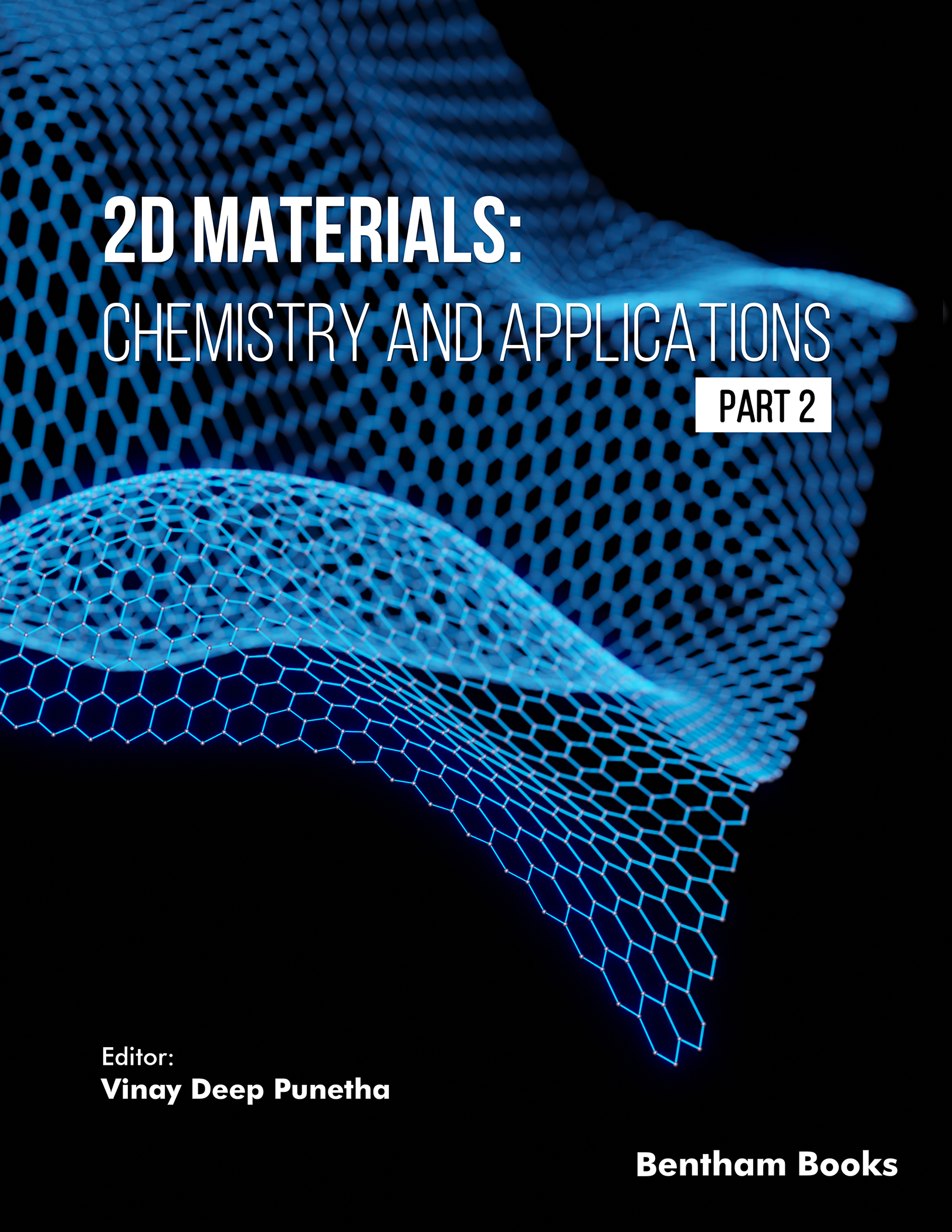
2D Materials: Chemistry and Applications (Part 2)
2D Materials: Chemistry and Applications Part 2 addresses the cutting-edge advancements in the synthesis functionalization and applications of two-dimensional materials focusing on graphene and other emerging materials like boron nitride germanene silicene and stanene. This volume explores the potential of these materials in energy storage nanoelectronics waste management and more while addressing challenges like toxicity and cost-effective production.
The book highlights innovative approaches to graphene-based supercapacitors nanoparticle-functionalized graphene and the application of 2D materials in diverse fields. It also provides insights into the toxicity and remediation strategies of graphene family materials and outlines the roadmap for sustainable graphene production.
This book is ideal for researchers academics and professionals in materials science nanotechnology chemistry and environmental engineering.
Key Features:
Advanced applications of graphene-based supercapacitors.
Functionalization and applications of boron nitride germanene silicene and stanene.
Insights into graphene toxicity and remediation approaches.
Roadmap for cost-effective graphene production and waste management.

40 Years Of SHS: A Lucky Star of a Scientific Discovery: A Presentation with Elements of a Scientific Lecture
This e-book is a short history of self-propagating high-temperature synthesis (SHS) of inorganic materials and substances. The author considers distinct features of the research work of the most active groups along with their important scientific and practical achievements. The main result of these efforts is the appearance a new field of knowledge on the boundary between combustion science and materials science.
The book is written in an original manner which combines the description of the scientific results with interesting stories about various episodes accompanying development of significant fields of science.
The book should be of interest to for SHS specialists and representative students and researchers of allied sciences (physical and inorganic chemistry macroscopic kinetics materials science and technology of inorganic materials metallurgy etc.).
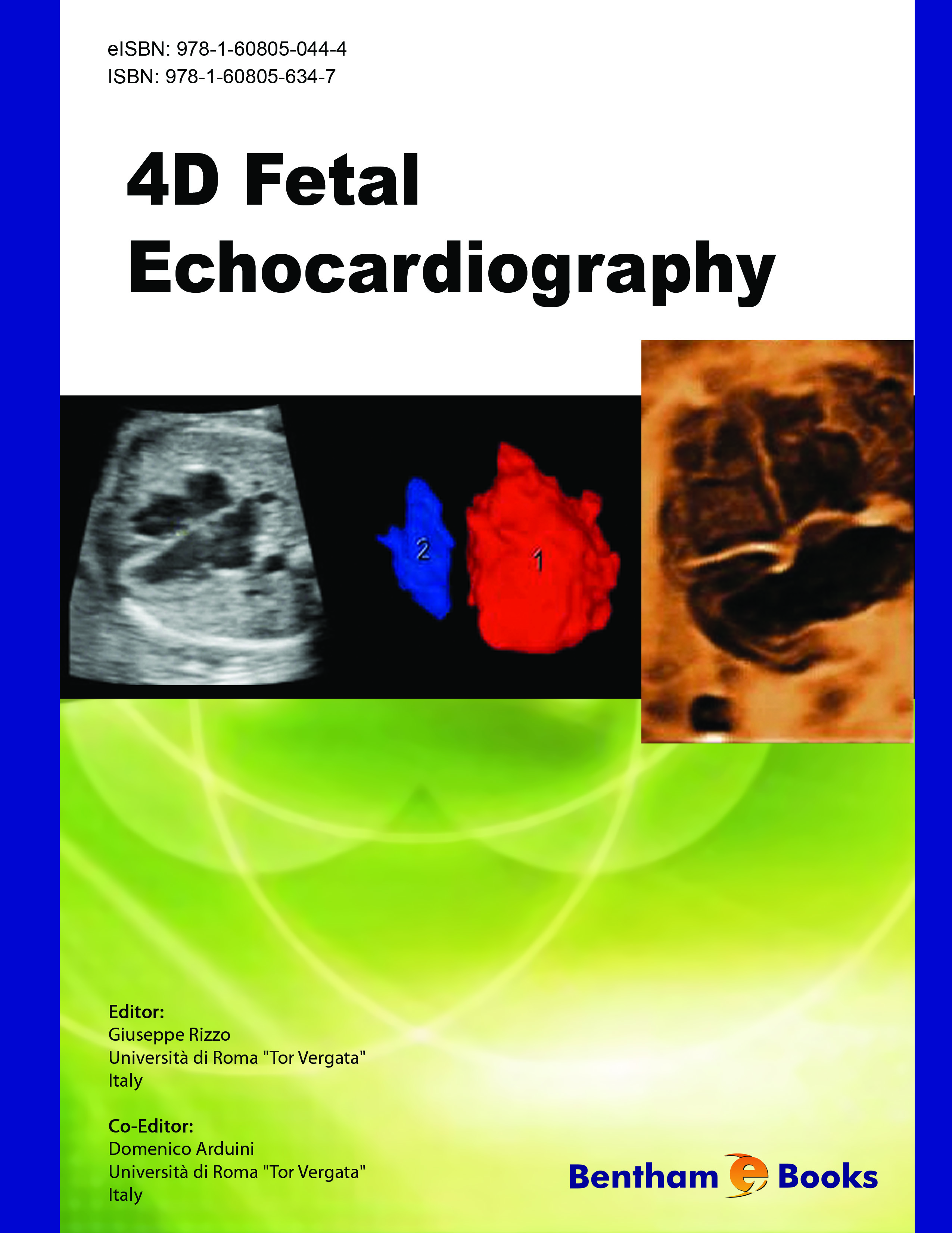
4D Fetal Echocardiography
Congenital heart defects (CHD) are the most frequent malformation in the human fetus and are the leading cause of mortality due to malformations in the first year of life. Despite its clinical importance screening performed by ultrasonographic examination during the second trimester of pregnancy has shown disappointingly low detection rates mainly due to the difficulties in obtaining an adequate examination of the fetal heart. Four-dimensional (4D) ultrasound of the fetal heart has been recently suggested as a tool to improve the detection rate of CHD by decreasing the dependency on operator skills required in two-dimensional ultrasound scans but up to now no practical manuals are available in describing its application in clinical practice for the study of fetal heart. The objective of this Ebook is to explain the role of 4D during second trimester examination and in fetuses with CHD. T
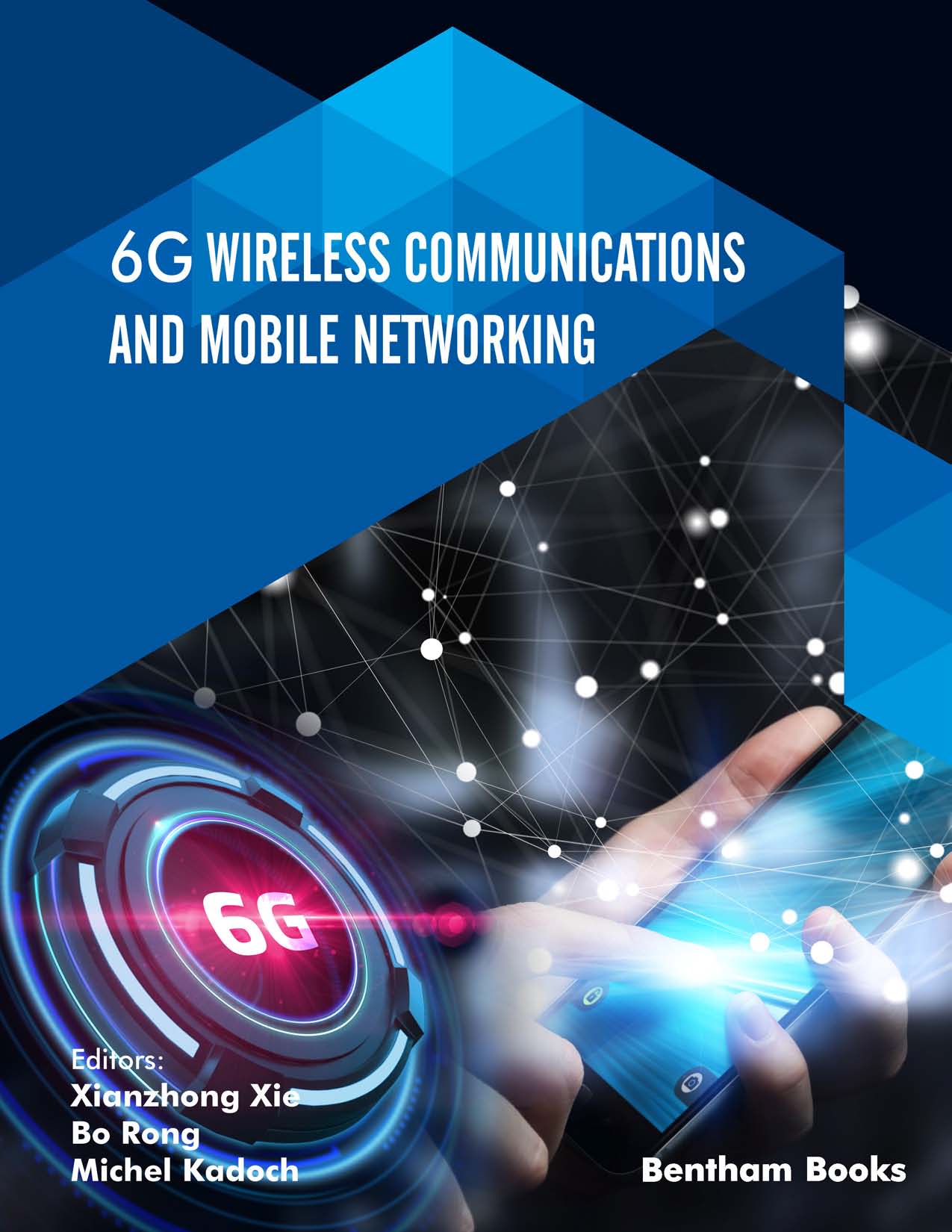
6G Wireless Communications and Mobile Networking
6G Wireless Communications and Mobile Networking introduces the key technologies behind 6G wireless communication and mobile networking to the reader. The book starts with a general vision of 6G technology which includes the motivation that drives 6G research the international organizations working on 6G standardization and recent progress in 6G research. Separate chapters on millimeter-wave and terahertz-wave technologies in 6G the development of latest 6G antenna technology as well as related wireless communication applications are included in the contents. The book also provides details about the 6G network layer such as self-organizing network driven by network slicing software-defined networking and network function virtualization. Finally it covers some popular research topics including the challenges and solutions to massive 6G IoT networks 6G cloud/edge computing and big data systems that may appear in the foreseeable future.
Key Features:
- Provides a complete introduction to 6G vision and technology
- Consists of both basic theories and frontier technologies
- Separate chapters on key topics such as 6G physical layers millimeter wave and terahertz technology and advanced antenna arrays
- Covers future trends and applications such as intelligent management systems 6G IoT networks cloud/edge computing and big data applications
This focused reference will significantly enhance the knowledge of engineering students and apprentices involved in the field of telecommunications. Readers interested in cutting-edge wireless networking technologies will also benefit from the information provided.
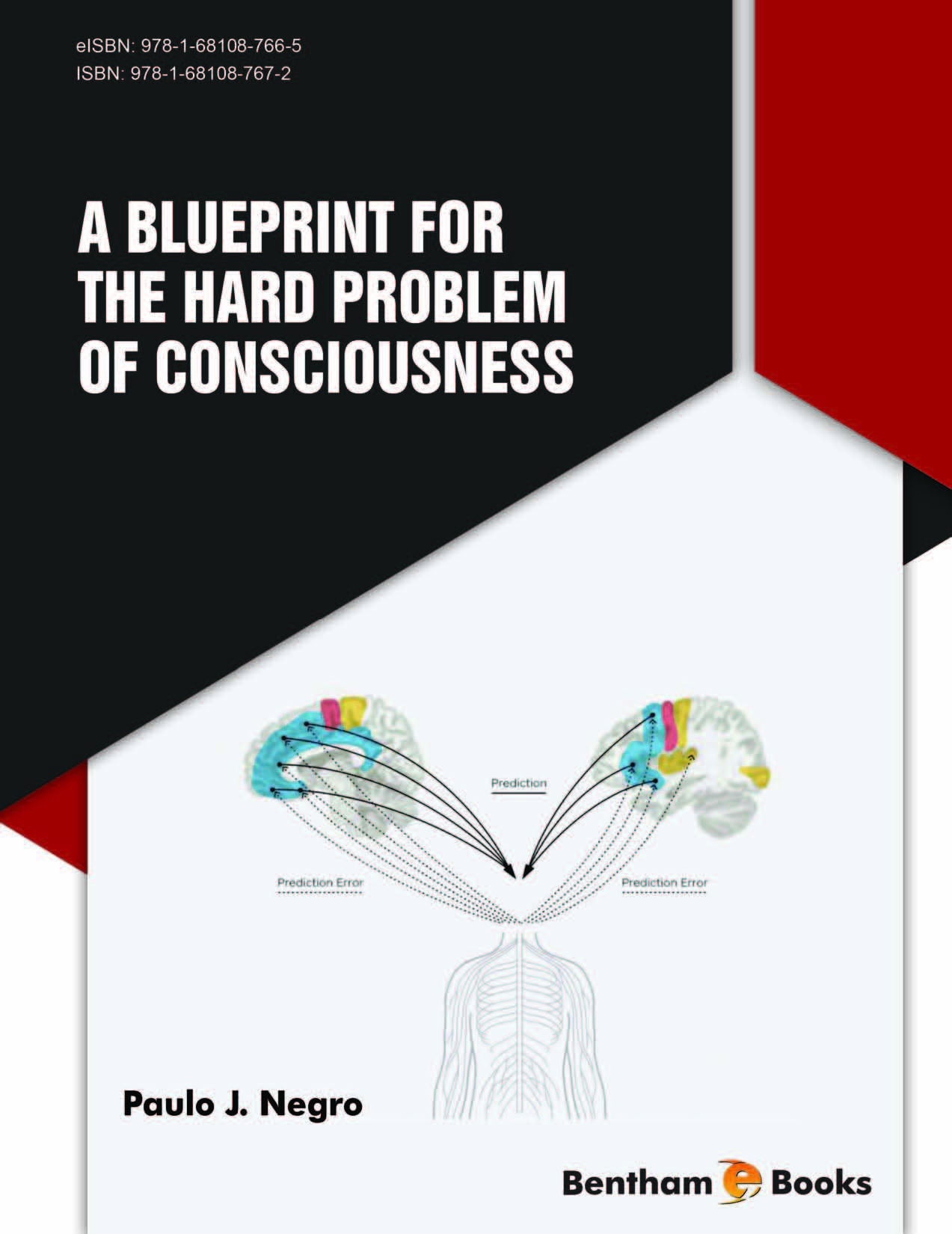
A Blueprint for the Hard Problem of Consciousness
A Blueprint for the Hard Problem of Consciousness addresses the fundamental mechanism that allows physical events to transcend into subjective experiences termed the Hard Problem of Consciousness. Consciousness is made available as the abstract product of self-referent realization of information by strange loops through the levels of processing of the brain.
Readers are introduced to the concept of the Hard Problem of Consciousness and related concepts followed by a critical discourse of different theories of consciousness. Next the author identifies the fundamental flaw of the Integrated Information Theory (IIT) and proposes an alternative that avoids the cryptic intelligent design and panpsychism of the IIT. This author also demonstrates how something can be created out of nothing without resorting to quantum theory while pointing out neurobiological alternatives to the bottom-up approach of quantum theories of consciousness.
The book then delves into the philosophy of qualia in different physiological knowledge networks (spatial temporal and olfactory cortical signals for example) to explain an action-based model consistent with the generational principles of Predictive Coding which maps prediction and predictive-error signals for perceptual representations supporting integrated goal-directed behaviors. Conscious experiences are considered the outcome of abstractions realized out of map overlays and provided by sustained oscillatory activity.
The key feature of this blueprint is that it offers a perspective of the Hard Problem of Consciousness from the point of view of the subject; the experience of ‘being the subject’ is predicted to be the realization of inference inversely mapped out of hidden causes of global integrated actions. The author explains the consistencies of his blueprint with ideas of the Global Neuronal Workspace and the Adaptive Resonance Theory of consciousness as well as with the empirical evidence supporting the Integrated Information Theory.
A Blueprint for the Hard Problem of Consciousness offers a unique perspective to readers interested in the scientific philosophy and cognitive neuroscience theory in relation to models of the theory of consciousness.
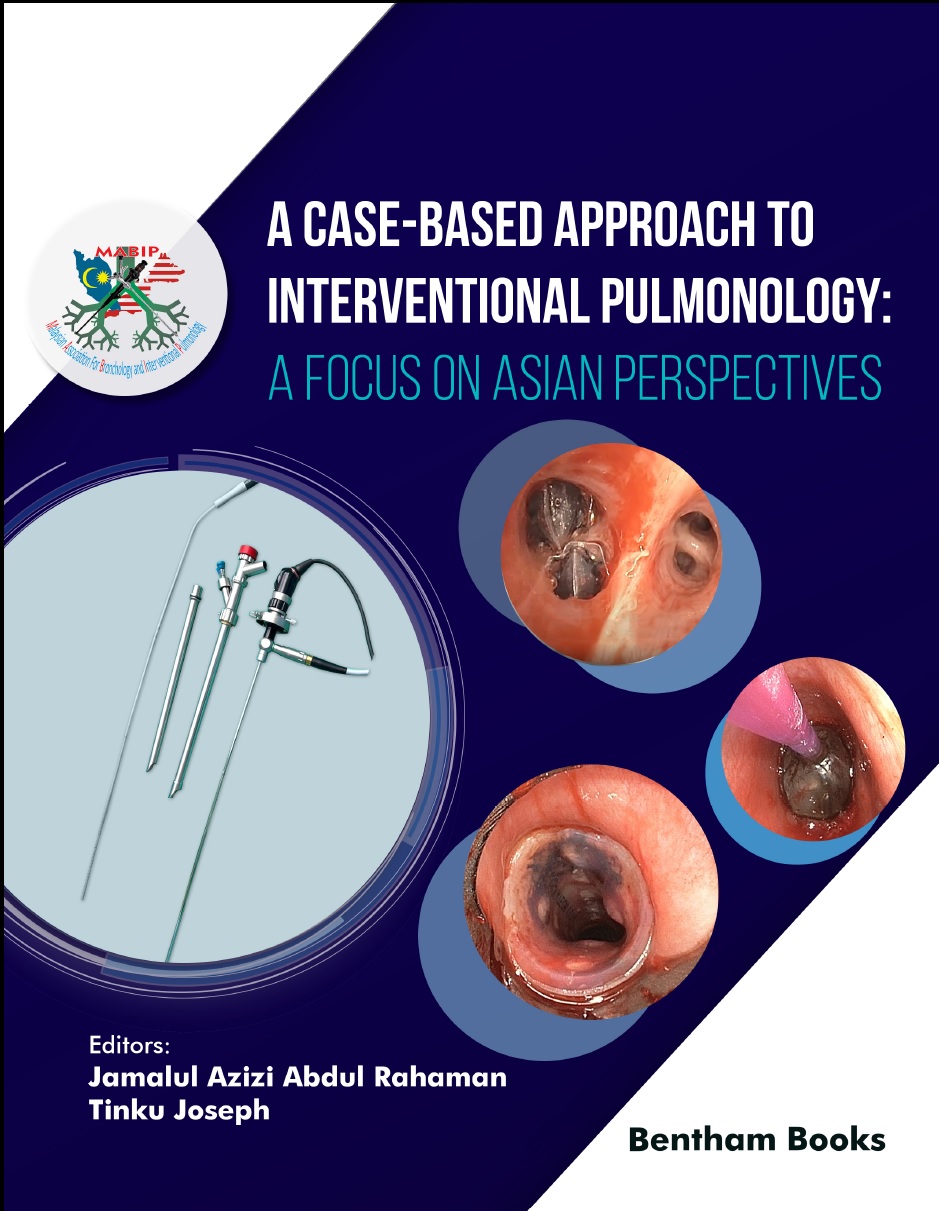
A Case-Based Approach to Interventional Pulmonology: A Focus on Asian Perspectives
A Case-Based Approach to Interventional Pulmonology: A Focus on Asian Perspectives focuses on various aspects of Interventional Pulmonology (IP) based on clinical case scenarios. Today evidence-based medicine and statistics are ruling our daily practice. Thus each case is unique regardless of what the theory predicts. This asian perspective of Interventional Pulmonology (IP) is also of great importance given the differences in the etiologies compared to other regions of the world. Asia being the leading region in terms of population and the high incidence of certain airway and lung diseases is an amazing source for fundamental and clinical research.
The contents of the book have been divided into four different sections with a primary aim of case-based scenarios and solutions. Section A consists of diagnostic IP procedures like linear and radial EBUS navigation bronchoscopy bronchoscopic lung cryobiopsy (BLC) and cone beam CT. Section B focuses on therapeutic rigid bronchoscopic procedures. Besides airway stenting and laser bronchoscopy this discusses recent interventions such as bronchial thermoplasty bronchoscopic lung volume reduction 3D printing and microwave ablation. Section C is dedicated to pleural procedures focusing on indwelling pleural catheters (IPC) and fibrinolytics. Section D is dedicated to common paediatric IP procedures.
Each case is presented with the history including clinical radiological bronchoscopic/pleuroscopic findings and final outcomes. Many of these cases also have video illustrations.
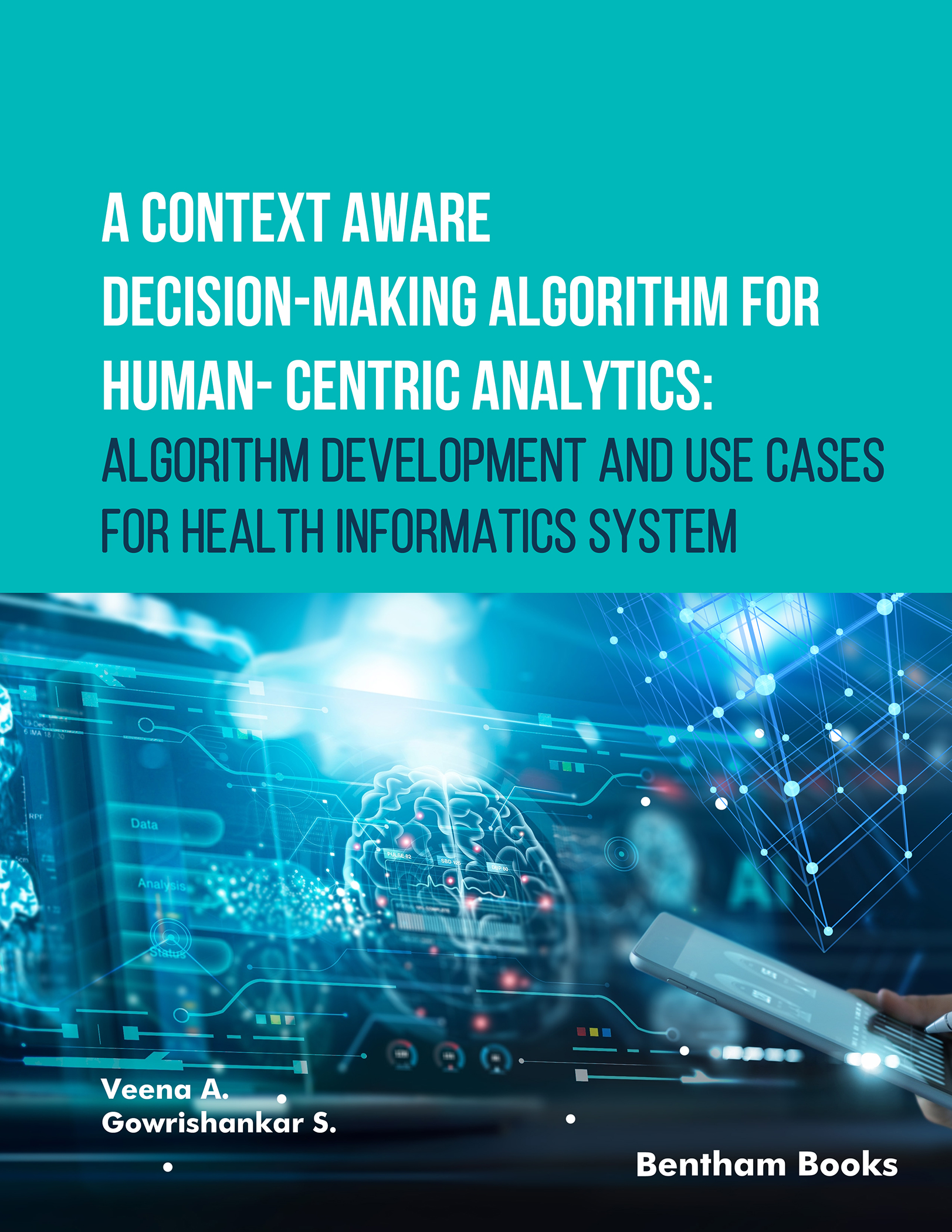
A Context Aware Decision Making Algorithm for Human Centric Analytics: Algorithm Development and Use Cases for Health Informatics System
This reference demonstrates the development of a context aware decision-making health informatics system with the objective to automate the analysis of human centric wellness and assist medical decision-making in healthcare.
The book introduces readers to the basics of a clinical decision support system. This is followed by chapters that explain how to analyze healthcare data for anomaly detection and clinical correlations. The next two sections cover machine learning techniques for object detection and a case study for hemorrhage detection. These sections aim to expand the understanding of simple and advanced neural networks in health informatics. The authors also explore how machine learning model choices based on context can assist medical professionals in different scenarios.
Key Features :
-Reader-friendly format with clear headings introductions and summaries in each chapter
-Detailed references for readers who want to conduct further research
-Expert contributors providing authoritative knowledge on machine learning techniques and human-centric wellness
-Practical applications of data science in healthcare designed to solve problems and enhance patient wellbeing
-Deep learning use cases for different medical conditions including hemorrhages gallbladder stones and diabetic retinopathy
Demonstrations of fast and efficient CNN models with varying parameters such as Single shot detector R-CNN Mask R-CNN modified contrast enhancement and improved LSTM models.
This reference is intended as a primary resource for professionals researchers software developers and technicians working in healthcare informatics systems and medical diagnostics. It also serves as a supplementary resource for learners in bioinformatics biomedical engineering and medical informatics programs and anyone who requires technical knowledge about algorithms in medical decision support systems.

A Crisis like No Other. Understanding and Defeating Global Warming Second Edition
A Crisis Like No Other: Understanding and Defeating Global Warming couples engaging and creative storytelling with accurate details to explain global warming. It covers both the technical and human issues of global warming by addressing what's causing global warming and why people don't believe it exists. The book tells readers how to convince others that global warming is not only real but life-threatening and offers a clearly laid out path to solve it. The book is accurate and carefully researched drawing on the author's thirty years of studying the science of global warming and the human psyche that surrounds it.
The author breaks down the subject into four parts which can be thought of as four mini-books in one. The first part covers the psychology of global warming denial how to defend ourselves against its lies and fake news and how to convince others of global warming's grave harm. The second part describes exactly what global warming is. The third answers the question what makes us so sure? Finally the last part provides a road map showing us how to defeat global warming.
This book is comprehensive fast-paced and easily accessible to readers from all walks of life. It provides an overview of everything one needs to know about global warming and as such is an excellent survey of global warming topics. In addition to being an easy and enjoyable read for the general public A Crisis Like No Other: Understanding and Defeating Global Warming serves as a handy primer on climate change for environmental science classes.

A Crisis like No Other: Understanding and Defeating Global Warming
A Crisis Like No Other: Understanding and Defeating Global Warming couples engaging and creative storytelling with accurate details to explain global warming.
It covers both the technical and human issues of global warming by addressing what's causing global warming and why people don't believe it exists. The book tells readers how to convince others that global warming is not only real but life-threatening and offers a clearly laid out path to solve it. The book is accurate and carefully researched drawing on the author's thirty years of studying the science of global warming and the human psyche that surrounds it. The author breaks down the subject into four parts which can be thought of as four mini-books in one. The first part covers the psychology of global warming denial how to defend ourselves against its lies and fake news and how to convince others of global warming's grave harm. The second part describes exactly what global warming is. The third answers the question what makes us so sure? Finally the last part provides a road map showing us how to defeat global warming.
This book is comprehensive fast-paced and easily accessible to readers from all walks of life. It provides an overview of everything one needs to know about global warming and as such is an excellent survey of global warming topics. In addition to being an easy and enjoyable read for the general public A Crisis Like No Other: Understanding and Defeating Global Warming serves as a handy primer on climate change for environmental science classes.
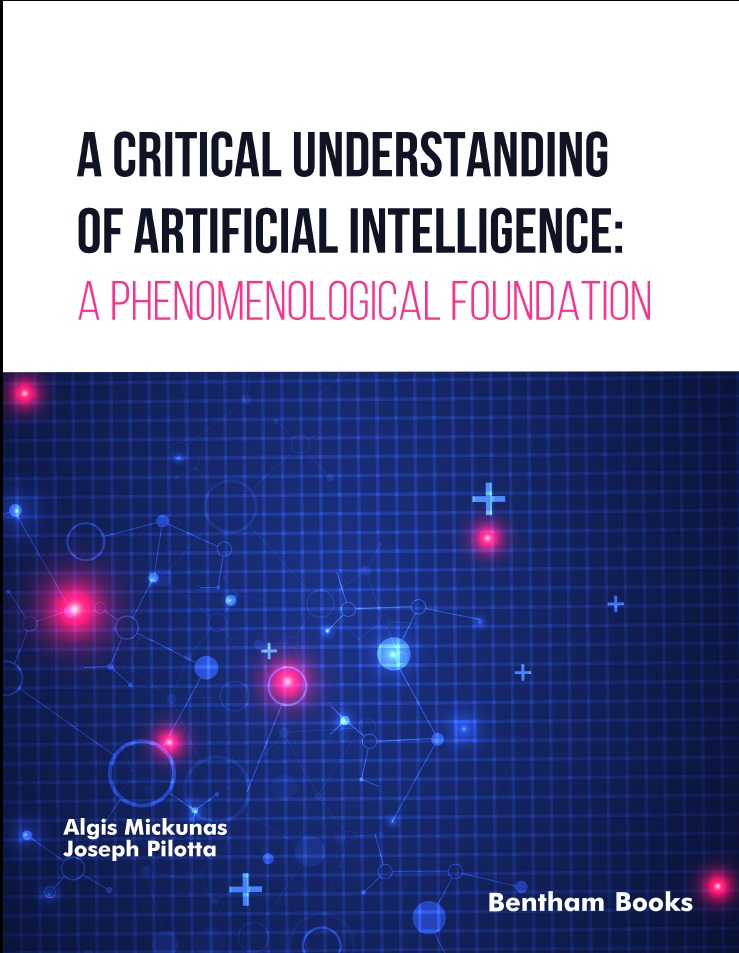
A Critical Understanding of Artificial Intelligence: A Phenomenological Foundation
Artificial intelligence (AI) is viewed as one of the technological advances that will reshape modern societies and their relations. While the design and deployment of systems that continually adapt hold the promise of far-reaching positive change they simultaneously pose significant risks especially to already vulnerable people.
This work explores the meaning of AI and the important role of critical understanding and its phenomenological foundation in shaping its ongoing advances. The values power and magic of reason are central to this discussion. Critical theory has used historical hindsight to explain the patterns of power that shape our intellectual political economic and social worlds and the discourse on AI that surrounds these worlds. The authors also delve into niche topics in philosophy such as transcendental self-awareness post-humanism and concepts of space-time and computer logic.
By embedding a critical phenomenological orientation within their technical practices AI communities can develop foresight and tactics that can better align research and technology development with established ethical principles — centering vulnerable people who continue to bear the brunt of the negative impacts of innovation and scientific progress. The creation of a critical–technical practice of AI will lead to a permanent revolution in social scientific and political communities. The years ahead will usher in a wave of new scientific breakthroughs and technologies driven by AI research making it incumbent upon AI communities to strengthen the social contract through ethical foresight a capability which only phenomenology can deliver ultimately supporting future technologies that enable greater well-being with the goal of delivering practical truths.
A Critical Understanding of Artificial Intelligence: A Phenomenological Foundation is an essential read for anyone interested in the complex debate and phenomenology surrounding AI and its growing role in our society.

A Handbook of Attention Deficit Hyperactivity Disorder (ADHD) in the Interdisciplinary Perspective
Attention Deficit Hyperactivity Disorder (ADHD) is a genetic and neurological condition that compromises the academic performance of children. From an educational context knowledge about the cognitive-linguistic difficulties faced by these students can improve the academic and social quality life of affected children. This handbook presents an interdisciplinary perspective of Attention Deficit Hyperactivity Disorder (ADHD). Educators and healthcare professionals can broaden their knowledge of the clinical and educational characteristics of students with ADHD. Topics covered in the handbook include the clinical features and genetics of ADHD educational guidelines on reading writing and learning processes and multidisciplinary interventions. Parents and teachers can apply the information in this handbook to assist children with ADHD in the classroom.
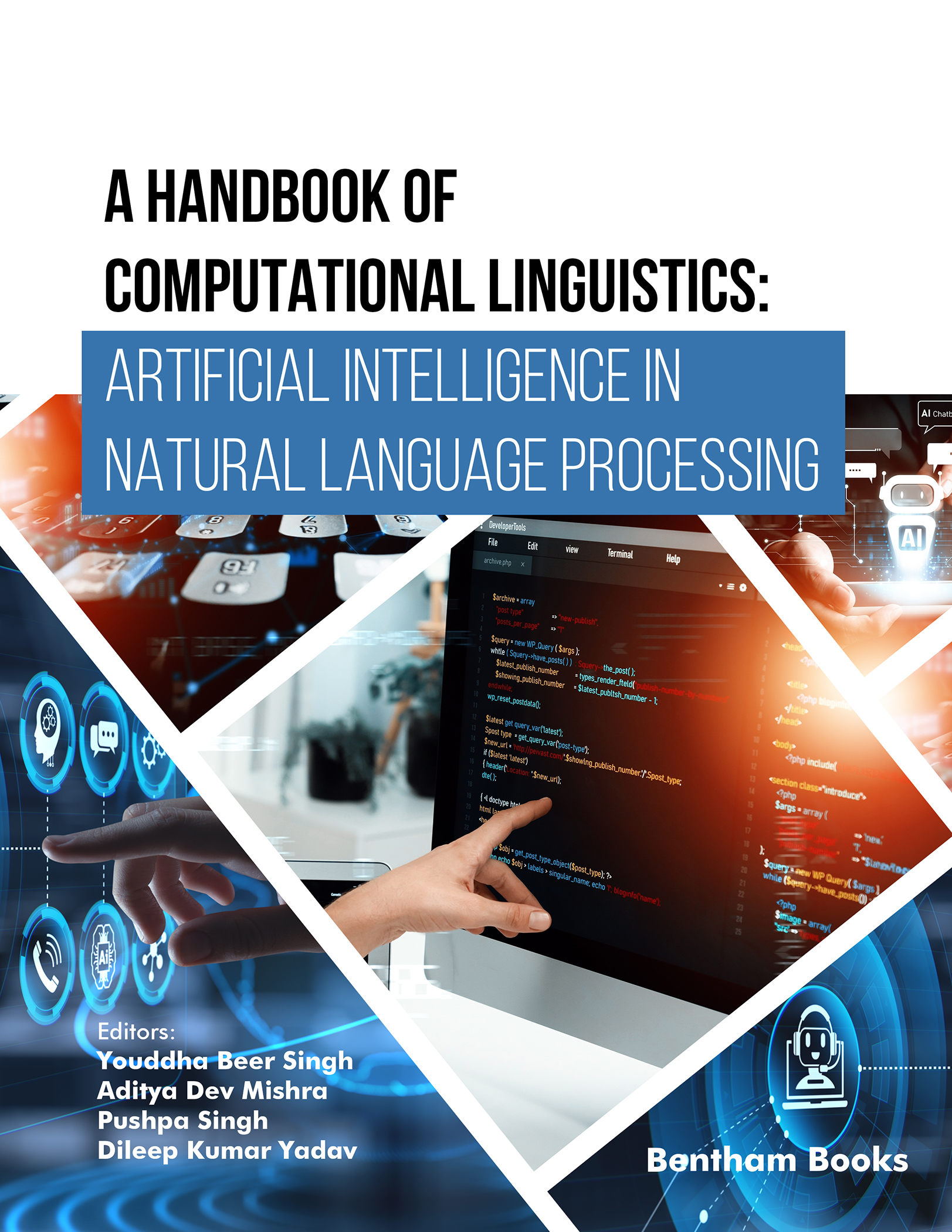
A Handbook of Computational Linguistics: Artificial Intelligence in Natural Language Processing
This handbook provides a comprehensive understanding of computational linguistics focusing on the integration of deep learning in natural language processing (NLP). 18 edited chapters cover the state-of-the-art theoretical and experimental research on NLP offering insights into advanced models and recent applications.
Highlights:
- Foundations of NLP: Provides an in-depth study of natural language processing including basics challenges and applications.
- Advanced NLP Techniques: Explores recent advancements in text summarization machine translation and deep learning applications in NLP.
- Practical Applications: Demonstrates use cases on text identification from hazy images speech-to-sign language translation and word sense disambiguation using deep learning.
- Future Directions: Includes discussions on the future of NLP including transfer learning beyond syntax and semantics and emerging challenges.
Key Features:
- Comprehensive coverage of NLP and deep learning integration.
- Practical insights into real-world applications
- Detailed exploration of recent research and advancements through 16 easy to read chapters
- References and notes on experimental methods used for advanced readers
Ideal for researchers students and professionals this book offers a thorough understanding of computational linguistics by equipping readers with the knowledge to understand how computational techniques are applied to understand text language and speech.

A Handbook of Oral Physiology and Oral Biology
This textbook provides a comprehensive overview of the part of dentistry that links basic physiologic and pathophysiologic mechanisms to frequently encountered problems in dental practice. Themes that are covered include the structure and function of the cells of oral mucosa the biology of bone the functions of oral mucosa some important aspects on oral microbial flora and biofilms and finally the current principles on mastication swallowing and speech. The knowledge of basic sciences is essential in oral biology helping to understand the nature and behavior of cells tissues and organs in health and disease. It is an easy-to-read relatively brief but a comprehensive Ebook appropriate for undergraduate and graduate dental students as well as for practicing clinicians.

A Journey Through Water: A Scientific Exploration of The Most Anomalous Liquid on Earth
A Journey Through Water: A Scientific Exploration of The Most Anomalous Liquid on Earth is a monograph about water at molecular level. The monograph explores how its peculiar properties are related to its molecular structure. Readers are introduced to water through information about water in a wider perspective properties of its liquid state experimental techniques for molecular level investigations of liquid water and computer simulation techniques. This is followed by chapters explaining the structural properties and principal applications of various phases of water (water as a normal liquid supercooled water ice and supercritical water). Key features of this reference include:
- easy to understand sequential and structured text making this reference ideal for readers with limited scientific knowledge of water physics
- a list of institutions where water research is promoted in larger scales
- 130 figures which supplement the text
- an explanation of ten principal anomalies of water and associated theories
The book is an excellent resource for novice researchers (physicists chemists and chemical engineers) working on water and laymen who are interested in furthering their understanding of this precious liquid.
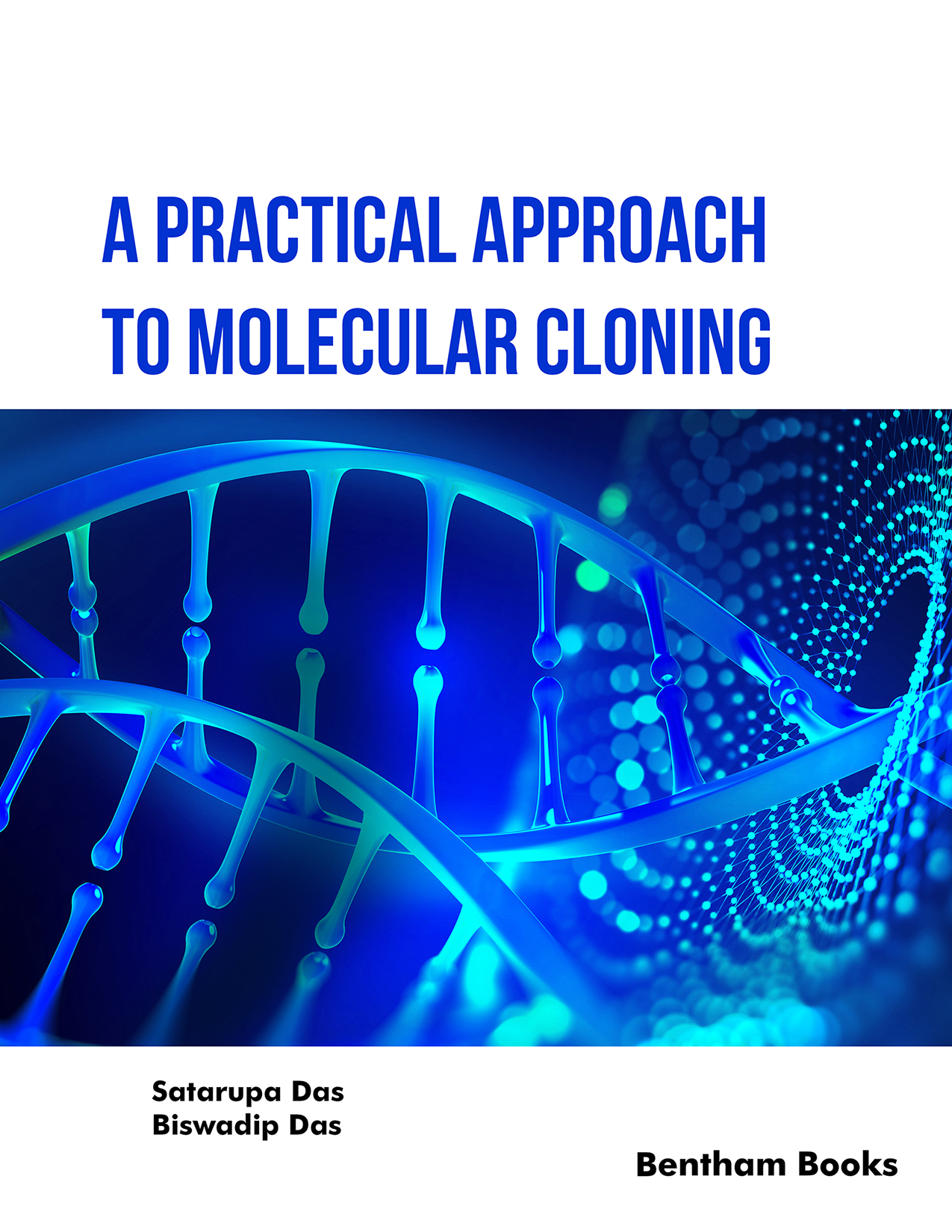
A Practical Approach to Molecular Cloning
This laboratory manual is designed to introduce beginner level researchers to the essential experimental techniques of molecular cloning. With a strong focus on hands-on protocols and a clear cloning-centric framework the book simplifies complex methods while building a strong foundation in molecular biology.
Across eight structured chapters the manual initially covers topics such as laboratory safety and fundamental skills then progresses through microbiological techniques DNA isolation and purification DNA analysis recombinant DNA construction to clone identification. The final chapter includes detailed appendices outlining standard reagent compositions and preparation methods. Special emphasis is placed on the rationale behind each procedure making the learning process both practical and conceptually grounded.
Key features:
Explains experimental protocols with step-by-step clarity
Gives rationale and mode of action behind each procedure
Emphasizes critical steps through italicized notes and tips
Provides special information panels for deeper contextual knowledge
Include comprehensive appendices for reagent preparation and reference
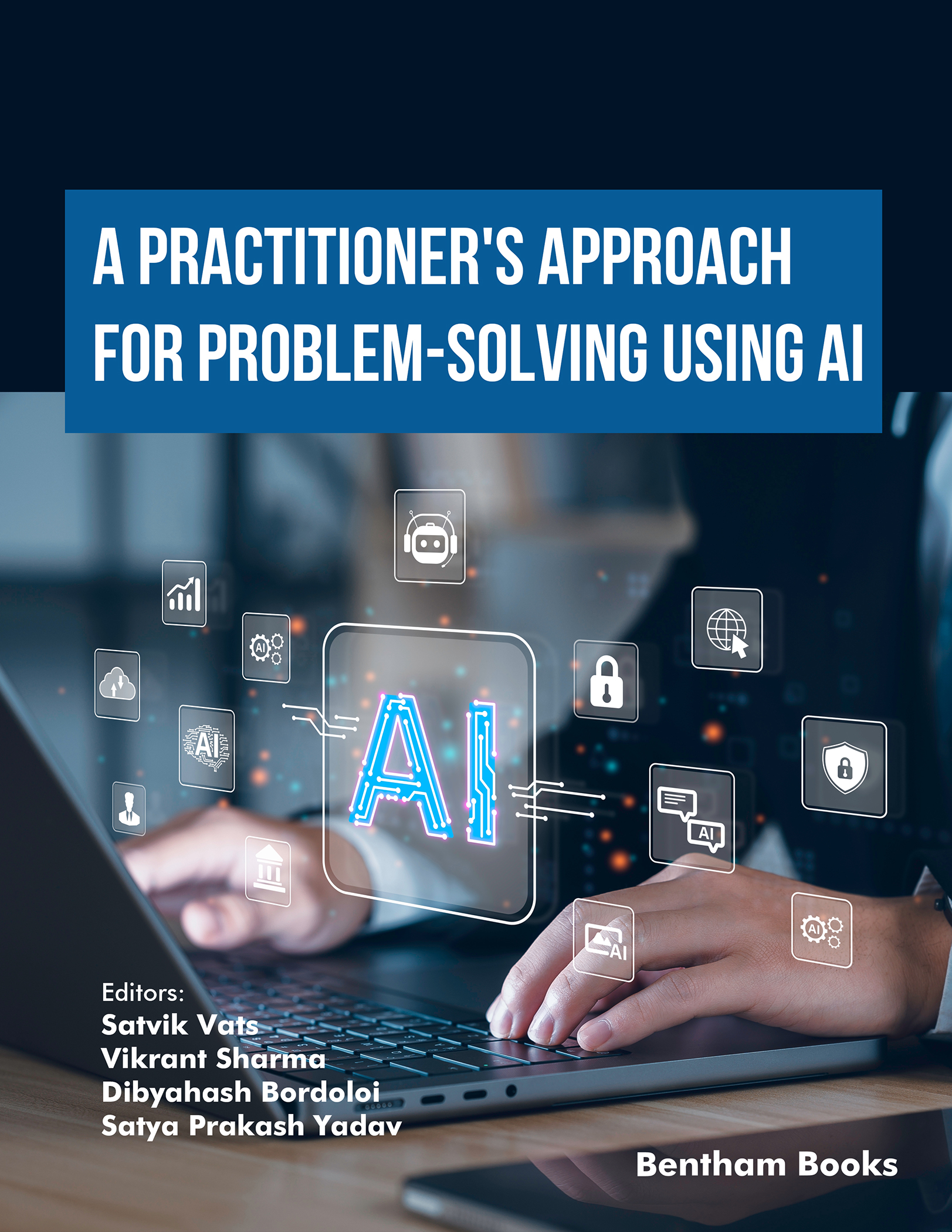
A Practitioner's Approach to Problem-Solving using AI
Emerging Trends in Computation Intelligence and Disruptive Technologies : Volume 1
This book demonstrates several use cases of how artificial intelligence (AI) and machine learning (ML) are revolutionizing problem-solving across various industries. The book presents 18 edited chapters beginning with the latest advancements in human-AI interactions and neuromorphic computing setting the stage for practical applications.
Chapters focus on AI and ML applications such as fingerprint recognition glaucoma detection and lung cancer identification using image processing. The book also explores the role of AI in professional operations such as UX design event detection and content analysis. Additionally the book includes content that examines AI's impact on technical operations wireless communication VLSI systems and advanced manufacturing processes. Each chapter contains summaries and references for addressing the needs of beginner and advanced readers.
This comprehensive guide is an essential resource for anyone seeking to understand AI's transformative role in modern problem-solving in professional industries.
